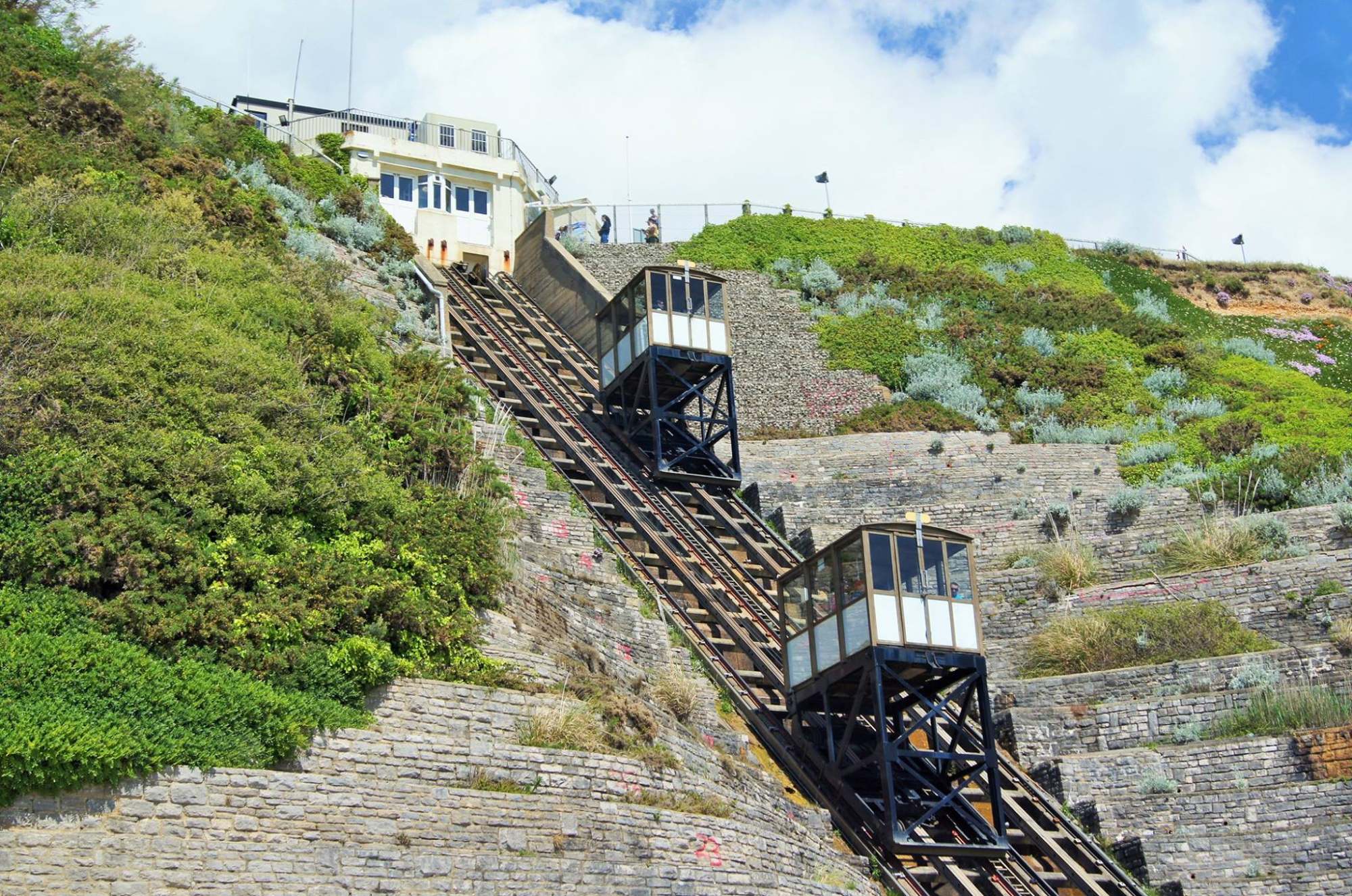
As Hong Kong Peak Tram reopens, 10 other fabulous funicular railways around the world to ride
- After a year out of service, the Hong Kong Peak Tram reopens on August 27, to rejoin the ranks of the world’s most celebrated funicular railways
- Across eight countries in three continents, they include the second oldest subterranean railway, in Istanbul, and funiculars in Tokyo, Budapest and Lisbon
Just as one iconic Hong Kong attraction bites the dust (or more accurately, the seabed), another has been restored and resuscitated.
Unlike the Jumbo Restaurant, which mostly catered to tour groups, the Peak Tram is relied upon by commuters and other locals. To celebrate its reopening on August 27 let’s take a look at a few famous funicular railways, beginning with a definition.
The word itself derives from the Latin funiculus, meaning “rope” or “cord”, from which the cables were originally made. A funicular is an inclined railway with two counterbalanced cars (the weight of the car going down pulls the other one up). They are usually built to run on a single track with a passing loop.
Hong Kong’s much loved Peak Tram opened in 1888 and was the first of its kind in Asia. The coal-fired, steam-powered marvel carried 800 curious colonials on its first day of operation, compared with about 11,000 daily passengers more recently.
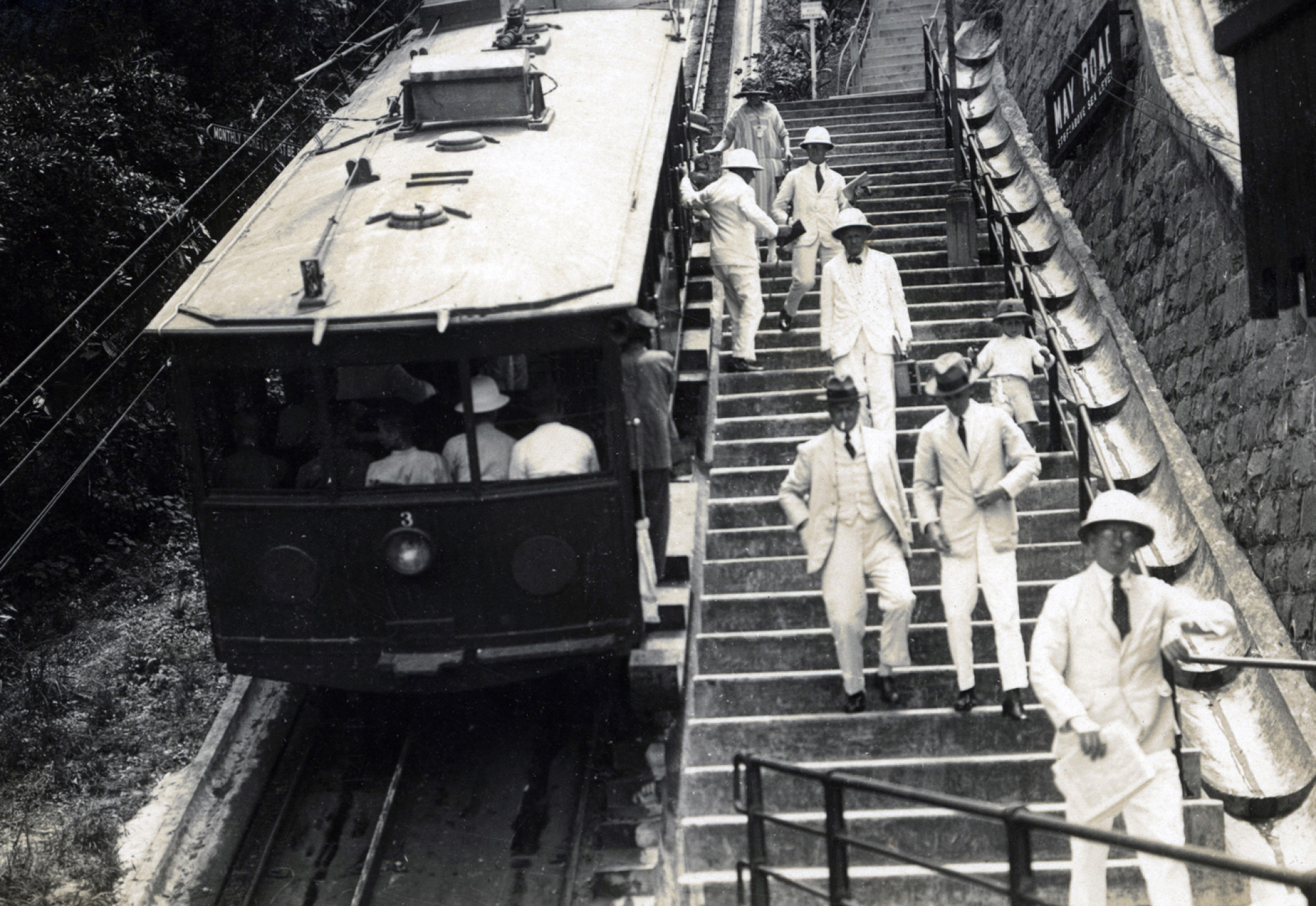
Reaching the uppermost station at the Peak Tower involves a 1,350-metre ascent from the lower terminus, on Garden Road, and includes four intermediate stops (Kennedy, MacDonnell, May and Barker roads). The new, sixth-generation dark green tramcars have larger windows and are able to accommodate 210 passengers, a 75 per cent increase from the previous capacity of 120.
Costing 490 yen (US$3.60) one way, the Takao Tozan Railway works out more expensive per kilometre than a bullet train. Two cars, Aoba (“green leaves”) and Momiji (“maple tree”), whisk passengers 271 metres up Tokyo’s Mount Takao in five minutes.
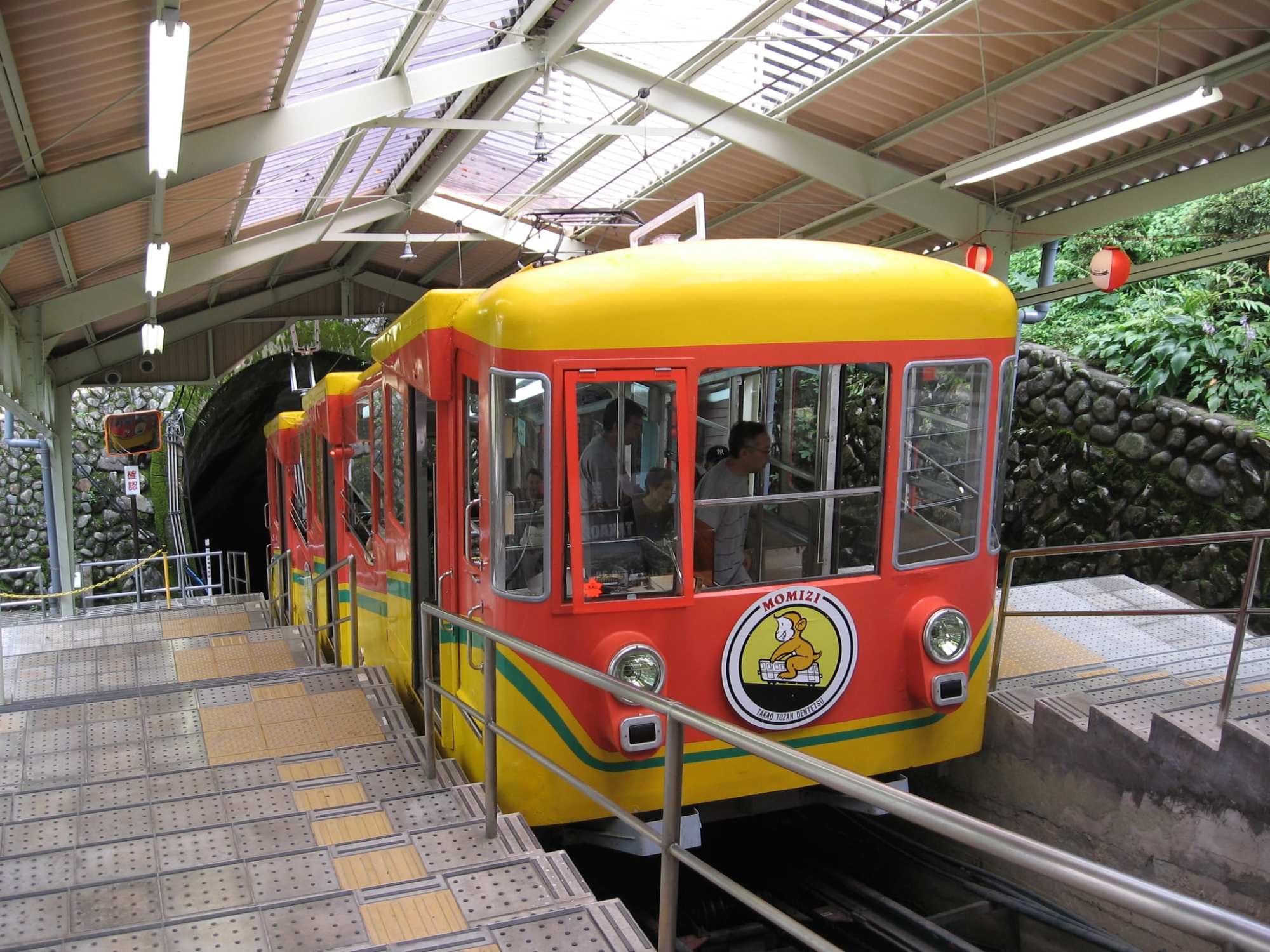
Autumn is the time to experience Japan’s steepest funicular, specifically mid-November to early December, when trackside foliage offers up a pyrotechnic palette of purple, crimson and blazing gold.
Timed to coincide with the sylvan spectacle, the month-long Mount Takao Autumn Leaves Festival draws large crowds, who enjoy dancing and orchestral performances. Best of all, the hiking and sightseeing spot is less than an hour from downtown Tokyo.
Opened in 1923, Penang Hill Railway puts the fun into funicular. At 2km, it is the longest of its kind in Asia and also one of the fastest, taking just over four minutes to reach the top. It’s all a far cry from pre-cable railway times, when the only way up and out of the Malaysian island’s tropical lowlands was on foot or by sedan chair.
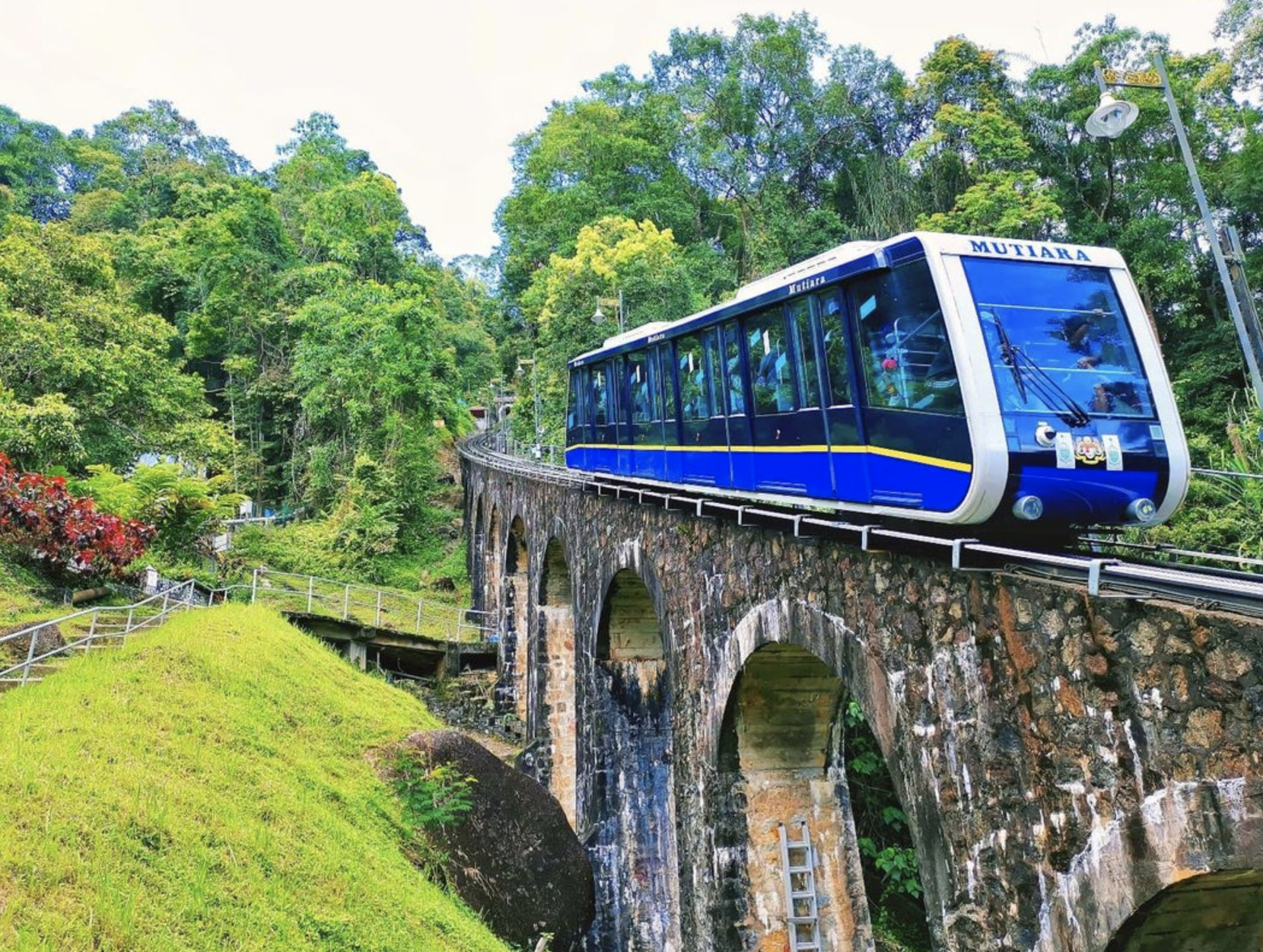
Temperatures at the upper terminus, near the summit of Flagstaff Hill (833 metres), are on average five degrees cooler than at sea level. Despite an upgrade in 2010 (new tracks and increased seating capacity), there was talk of shutting the popular attraction in 2021 because of frequent breakdowns. Penang’s chief minister, Chow Kon Yeow, has since clarified that any cessation would be temporary.
Best known for its canary yellow trams, Lisbon is also home to three funiculars, Glória, Bica and Lavra. The elevadors certainly come in handy, as the Portuguese capital is built on seven hills. The trio are listed as national monuments of Portugal (although TripAdvisor comments suggest areas for improvement: “Charming, except for all the graffiti!”).
If you’ve only time for one ride, hop aboard Bica, which offers great views as it clanks its way up to the hilltop Bairro Alto (“upper neighbourhood”), Lisbon’s foremost nightlife district.
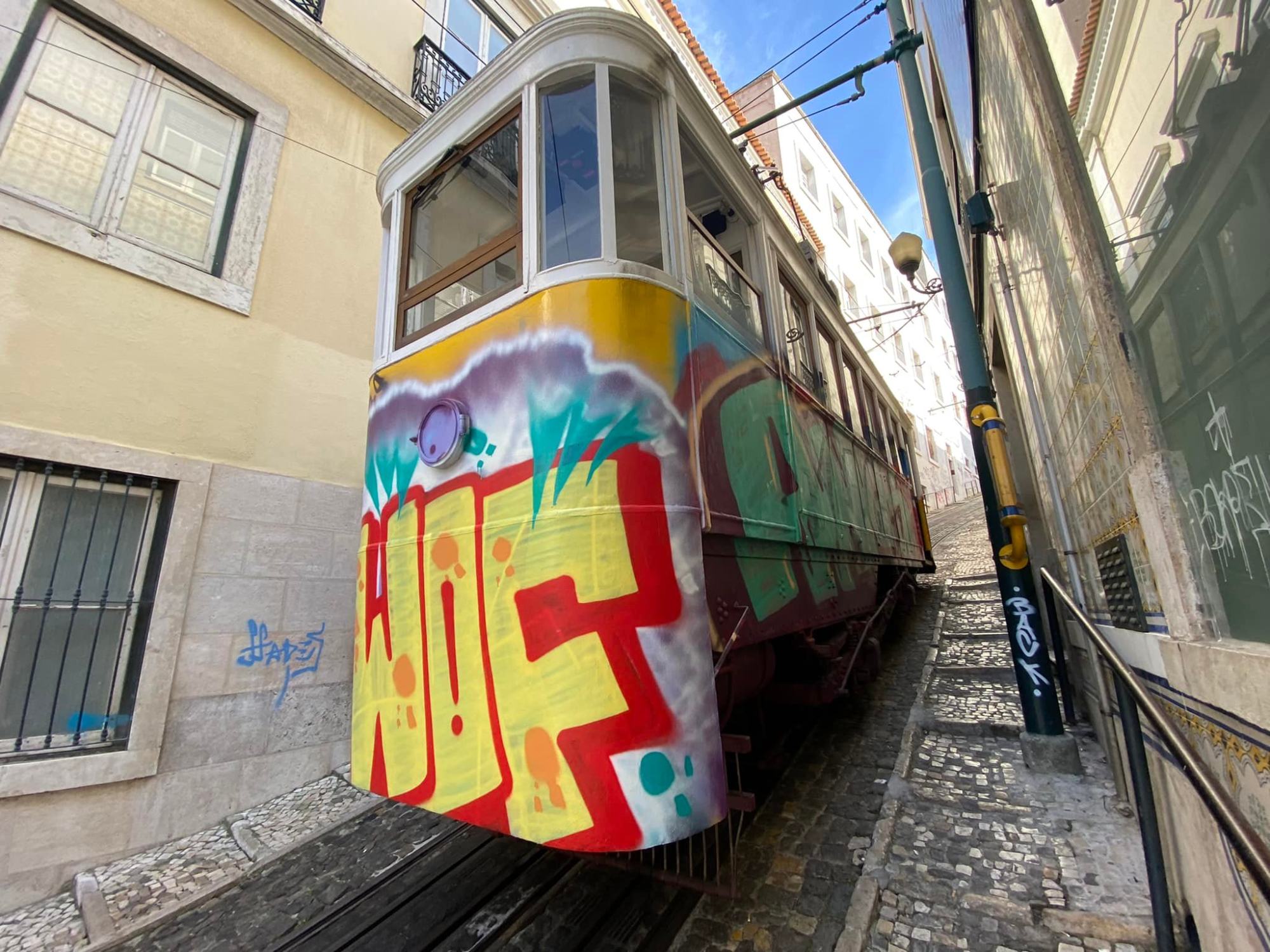
The Buda Castle Hill Funicular, in Budapest, Hungary, opened in 1870 and was the second of its kind in Europe. It transports passengers between the Danube River and the must-see historical district of Castle Hill. Damaged during World War II, the funicular began operating again only in 1986 and gained Unesco World Heritage status a year later.
Dreamy Danube vistas, either from the riverbank or high above the city, at Buda Castle, are well worth the modest fare. The two carriages, named Margit and Gellért – after a Hungarian princess turned nun and a martyred bishop – used to travel faster but were slowed down when people complained there wasn’t enough time to appreciate the spectacular views.
Completed in 1875, Tünel is the world’s second-oldest subterranean rail line (the London Underground began operating in 1863). The funicular lifts passengers from Istanbul’s historic portside neighbourhood of Karaköy to cosmopolitan Beyoglu, known nowadays for its restaurants, bars and clubs.
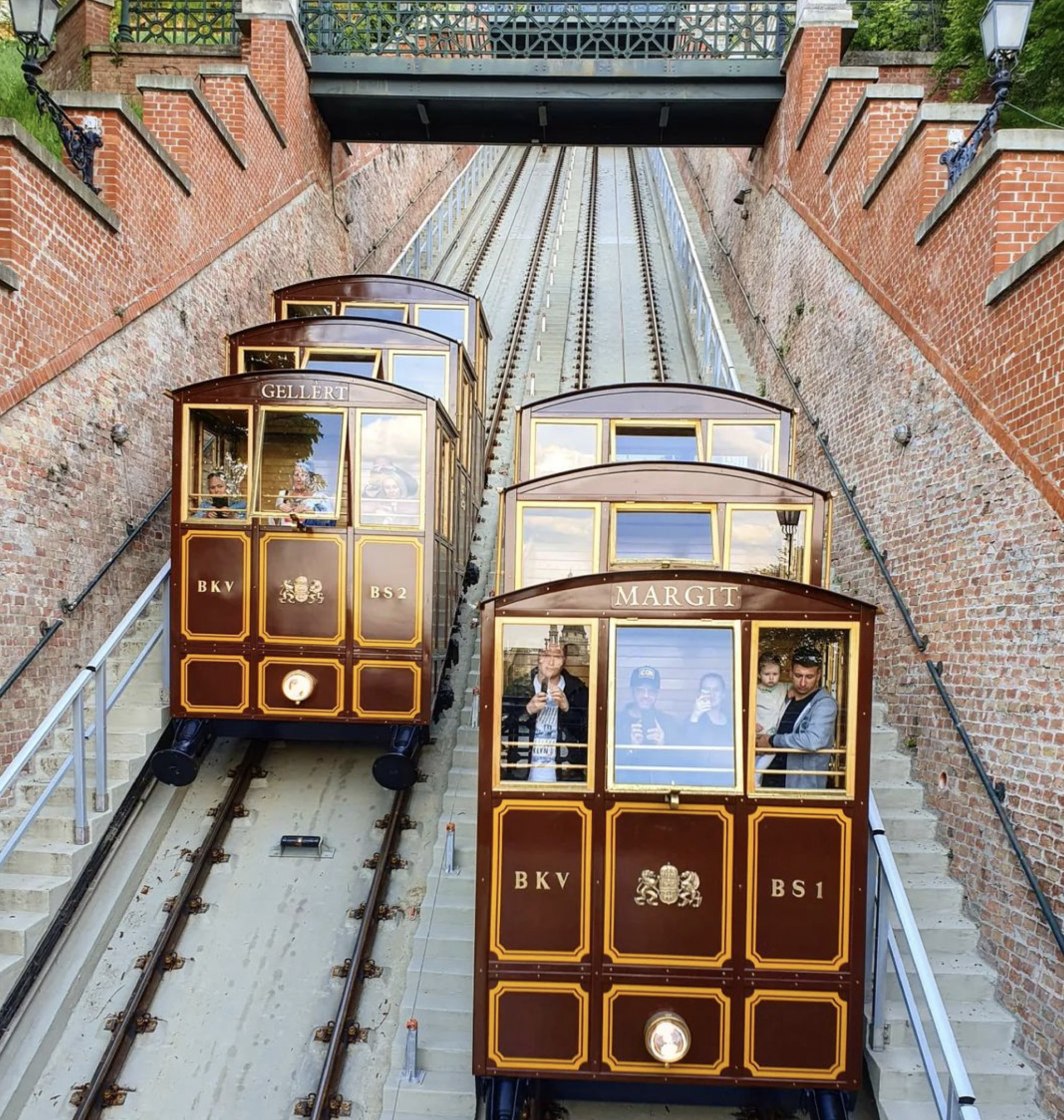
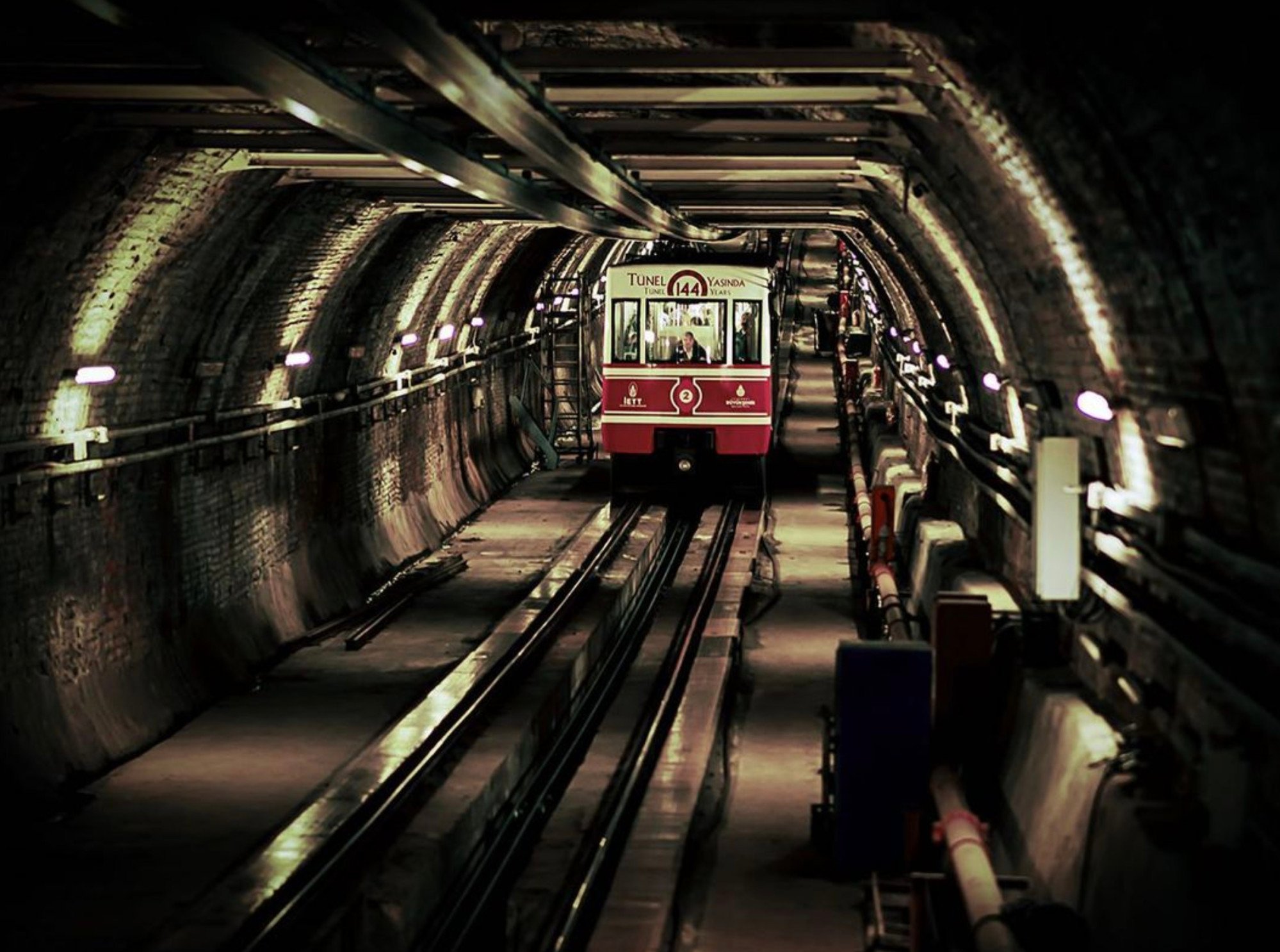
The 90-second, 573-metre ride was originally conceived to save commuters from a steep uphill slog from the port, stock exchange, banks and other commercial enterprises at sea level, to the embassies, hotels and housing at the top of a hill.
Replacing a bus service that operated on the route until 1996, the Cape Point Funicular, aka the Flying Dutchman Funicular (named after a mythical ghost ship), is the only one of its kind in Africa. In the Western Cape province of South Africa, each of the two cars can carry 40 passengers on a ride that lasts three minutes.
The track rises a modest 87 metres from the lower station and it’s also possible to walk the route. From the summit of Cape Point, there are panoramic views of southwestern Africa and the Atlantic Ocean.

The Fisherman’s Walk Cliff Lift, in Bournemouth, England, is only 39 metres long, which makes it the planet’s shortest funicular railway, according to Guinness World Records.
The south coast holiday resort boasts two operational funiculars that provide easy access to its golden beaches, the other being the West Cliff Lift; the East Cliff Lift, the first to open, remains closed after a 2016 landslide. Fortunately, no one was hurt when tons of rubble surged downwards onto the promenade.
